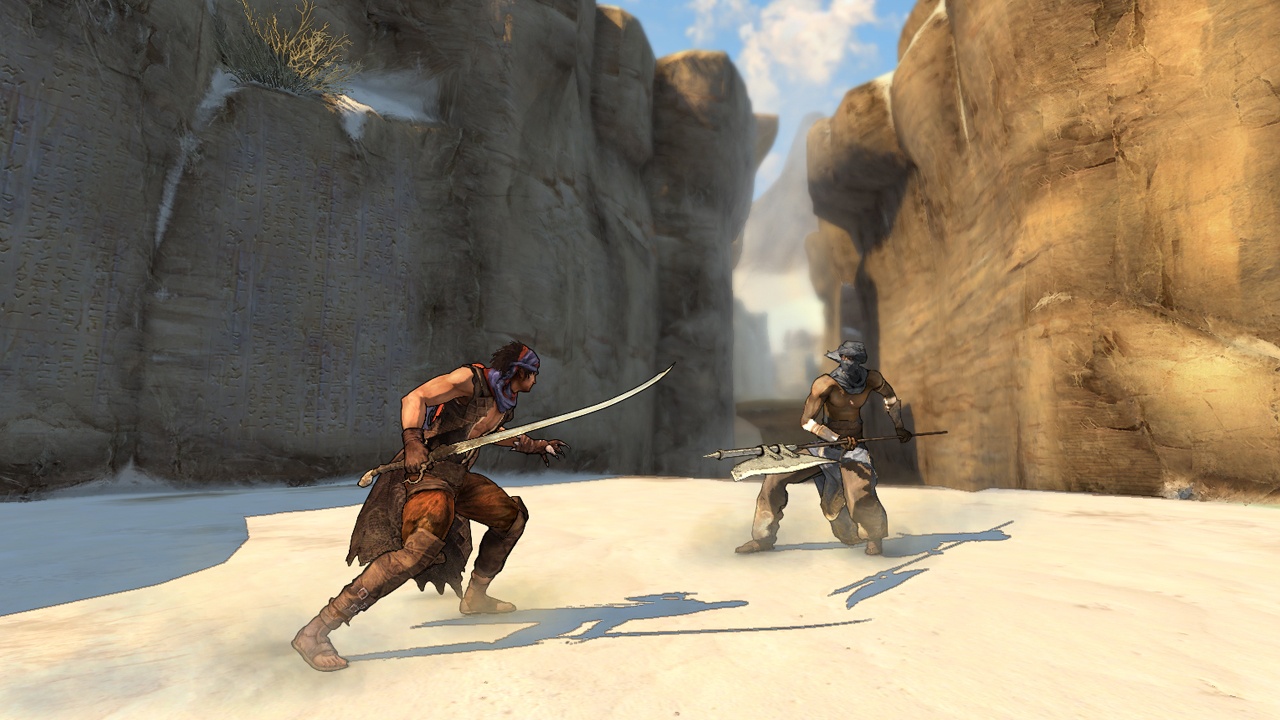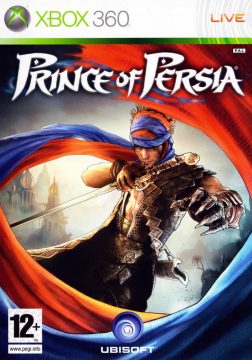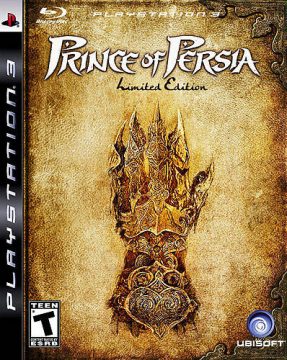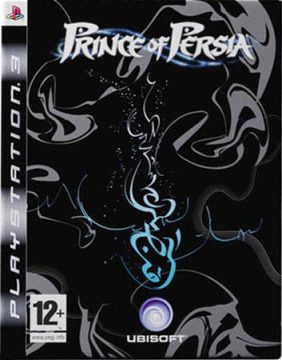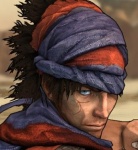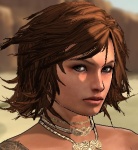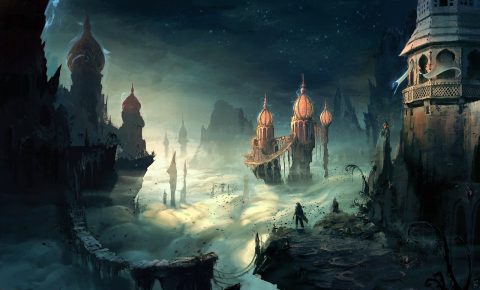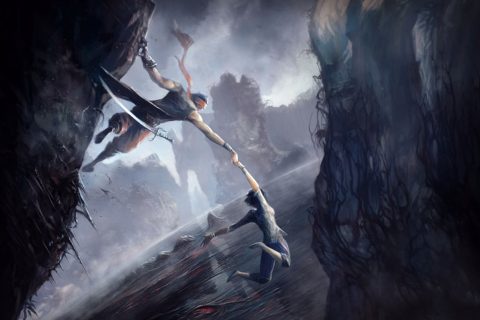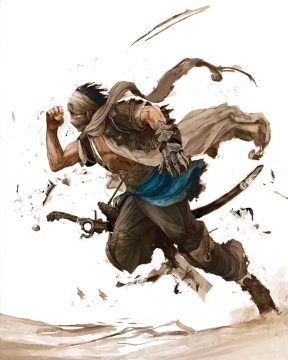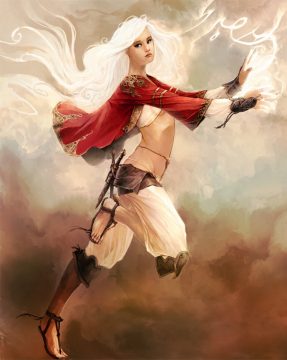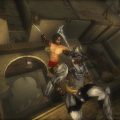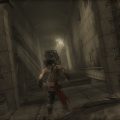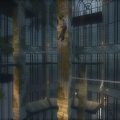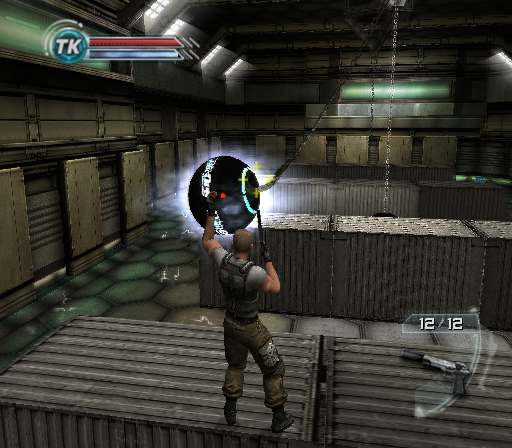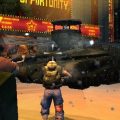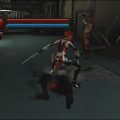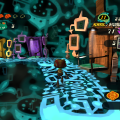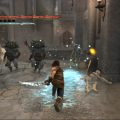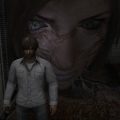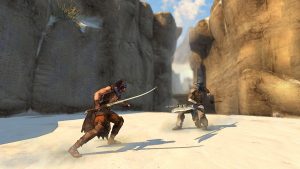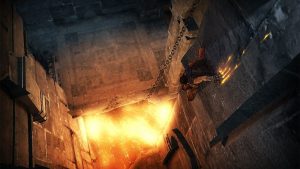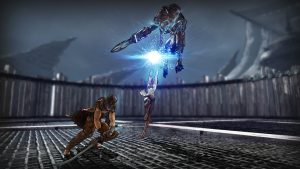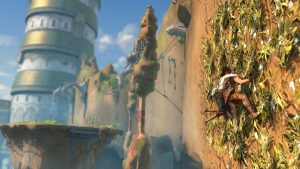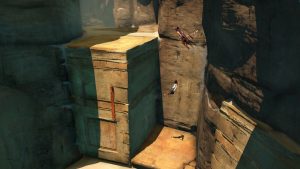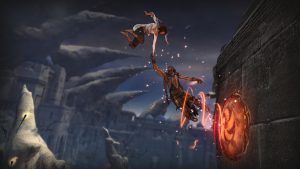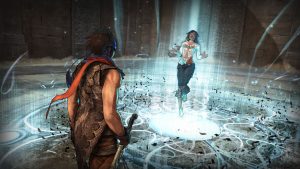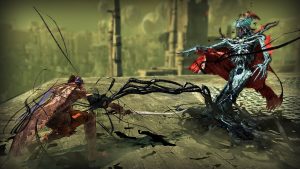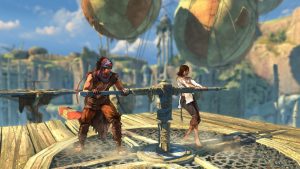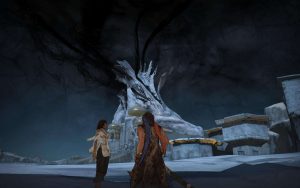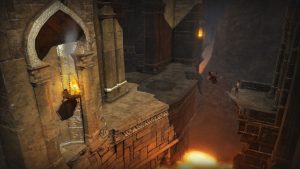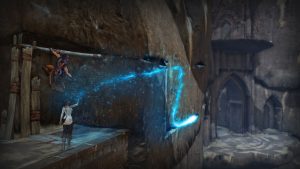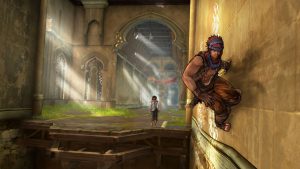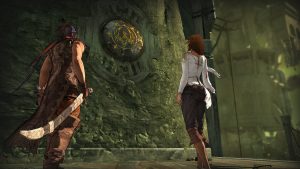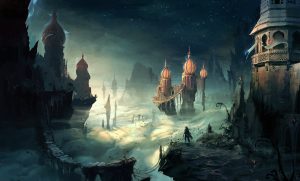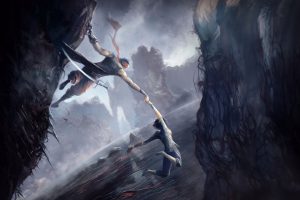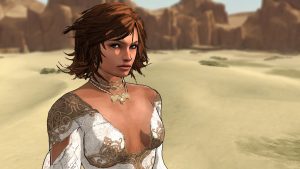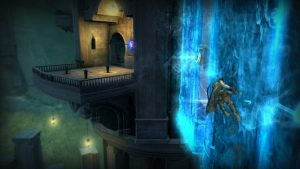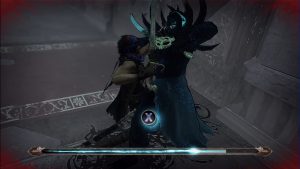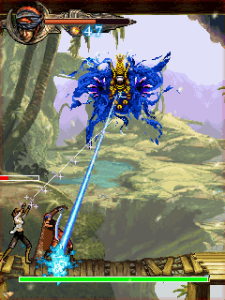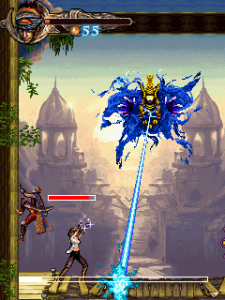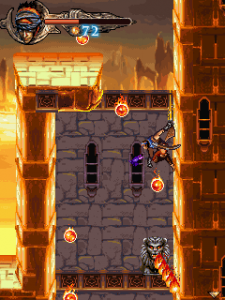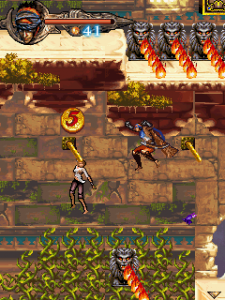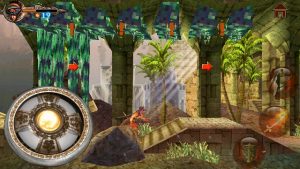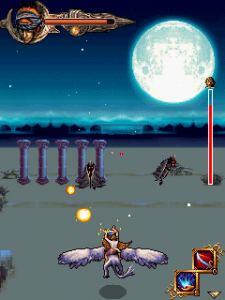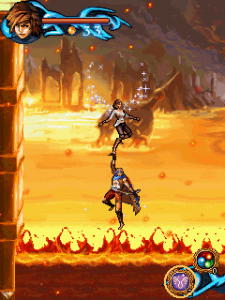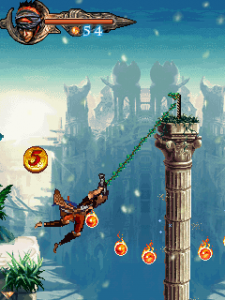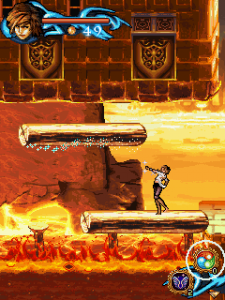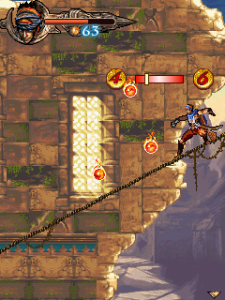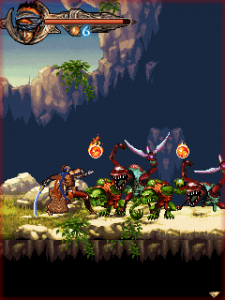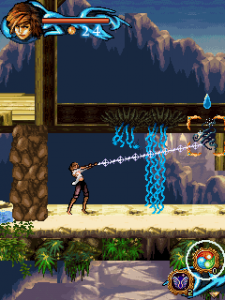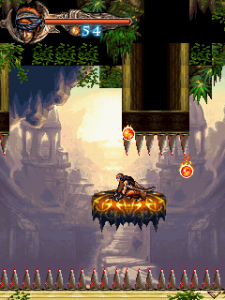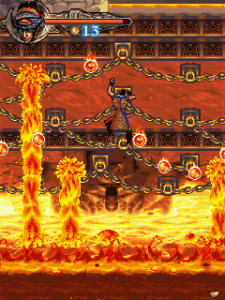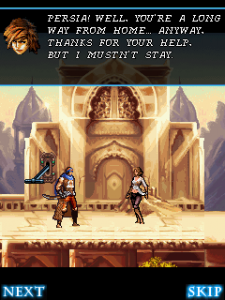- Prince of Persia
- Prince of Persia 2: The Shadow & The Flame
- Prince of Persia: Harem Adventures
- Prince of Persia 3D
- Prince of Persia: The Sands of Time
- Prince of Persia: Warrior Within
- Prince of Persia: The Two Thrones
- Battles of Prince of Persia
- Prince of Persia (2008)
- Prince of Persia: The Fallen King
- Prince of Persia: The Forgotten Sands (PS3/X360/WIN)
- Prince of Persia: The Forgotten Sands (Wii)
- Prince of Persia: The Forgotten Sands (Portable)
By the time The Two Thrones came out, Ubisoft’s well proven formula for the Prince of Persia series had begun to show first signs of fatigue. And while both follow-ups to Sands of Time were great games, they’ve strayed quite a bit from the original direction with their dark settings and the troubled Prince. October 2007 Jordan Mechner wrote in his afterword to the Prince of Persia graphic novel:
Ubisoft followed up Sands of Time with two sequels, Warrior Within and The Two Thrones, which gave the Prince a more ruthless, violent edge. They’re hard at work now in Montreal crafting his next adventure, which promises to feel closer in spirit to the romantic fantasy of Sands of Time and of the original game.
And it does. At least its Prince is a light-hearted, playful lad, albeit a plundering good-for-nothing. A real magnificent bastard. He’s the most likable Prince yet, safe for the cringe-worthy anachronisms in his speech. He is first seen walking through a desert shouting for Farah. First the fear that this would build up to a lame tie-in with The Sands of Time, but it turns out an awesome reference: Farah is his donkey, which was loaded with all the gold from his latest tomb raid, but he lost it. Before can find the animal, he bumps into a young woman that is chased by armed guards. Being the rogue gentleman that he is, he of course decides to help her.
Elika – so the name of the woman, as he eventually finds out – tries desperately to reach a temple to restore some kind of seal, so he goes along for the ride. Inside the temple, however, her father, whom she was running away from, destroys the seal and unleashes the god of darkness, Ahriman, onto the world. The evil deity immediately covers the whole country with his dark taint, but Elika uncovers strange powers that can help her to fight him back. Prince and Princess set out to undo the magical oil spill and make the world bright and colorful again.
Prince of Persia is another victim of the trend of releasing new games in established series with just the base name. It’s just Prince of Persia. At some time, it was supposed to carry the subtitle The Prodigy, but of course it’s much cooler to name a new game the exact same as another, because being able to properly identify them by their title is so narrow-minded.
If you’ve very casually followed talk about the game, chances are you’ve heard about one good thing and one bad thing. Good things first: The graphics are wonderful. They capture the miraculous spirit of The Arabian Nights more than any other game in the series. The colors are vivid (at least after fighting back the taint in any given area), the characters accentuated with very subtle but effective cell shading and there’s a ton of visual effects worthy of the fairy tale atmosphere.
The “bad” thing most frequently talked about is the fact that the Prince cannot die. Whenever he misses a jump or gets overwhelmed by an enemy, Elika intervenes and catches him in the last moment. That’s… not so bad. In the previous games, you’d wind back time with the Sands at fatal missteps, until you’d run out of containers. That only ever happened at particularly hard or annoying challenges. So when no Sand containers were left, you’d have to start over from the last checkpoint. When you were lucky, that would be right before the hard section, rendering the limit mostly meaningless. In the worst case, you had to redo a lot of boringly easy jumps and maybe even watch a cutscene again before getting to the actual hard part. This just equals an endless supply of Sand containers, cutting all the annoying nonsense in between.
At least that is the theory, but it doesn’t always work that well in practice. Elika will always bring the Prince back to the last piece of solid ground he stood on, which especially later in the game can well be as far back as a conventional check point, certainly farther than the Sands of Time would take you. Then sometimes Elika is a real overachiever, pulling you out of jumps that would have been no problem without her. At some points when the Prince misses a jump to a patch of vines (which are used for climbing), he can grab the patch below it, but Elika pulls him back even as he has already landed safely. When Elika saves the Prince in combat with an energy ball to the enemy’s face, its life bar will recharge a bit, which is a cool gameplay idea but doesn’t make much sense when you think about it. She can also always save you, no matter if she’s supposed to be trapped some 100 feet away. But despite the few flaws, it is still a good gameplay change overall. There won’t be coming many more of those.
The Prince himself has mostly the same set of standard movements, with only two notable additions. First, he’s wearing a strange metal claw throughout the game, which he uses to grind down walls. This process is incredibly slow, and there’s no way to just drop down, either. Jumping away from the wall will only get you killed in most situations. The prince can also do ceiling-runs, which also hasn’t been implemented very well. There are one or two places where it’s used cleverly, but most of the time it just wastes your time because you have to climb a pole all the way up to traverse to the next instead of just jumping over.
There’s no separate button for wall runs anymore, as they’re just done by jumping towards a wall and going on. As a result, the Prince can do wall runs out of any jump, making him somewhat more agile. That means only the jump button is used for platforming, with two exceptions. There are rings on walls where the Prince can hold on and use them to lift himself up a little more, which uses a different button. There’s no good explanation in the physicality for this, and the distinction seems quite arbitrary. Then there’s a third button to call Elika so she lifts the Prince up a bit in the air, which is just a glorified double jump, making you need yet another button for something that should just be jumping.
Despite all that button waste, there’s not much skill or speed needed for the platforming. That’s mostly thanks to the levels, which are even more obviously staged to form your paths, making them feel more like an automated rollercoaster ride – not quite as dull and boring as the climbing in Assassin’s Creed (whose graphics engine it uses), but nowhere near as exciting as in former Prince of Persia episodes. Because you can take on the levels in any order, they’re also all vaguely the same difficulty.
Speaking of waste – Elika has no meaningful place in the gameplay. Yeah, she has a lot of powers that are really useful, but there’s no need for a second human character doing all those things. In fact, it’s rather more inconvenient this way. Elika follows the Prince around everywhere, so when you change directions while climbing, she’ll be in the way, making you wait through a place-swapping animation that’s only charming the first five times you see it. When climbing vines, the Prince waits for her to carry her on the back, yet when he jumps or wall runs onwards, he leaves her hanging onto the vines alone. That means she’s perfectly capable of doing that, so why make the player wait in the first place?
Elika’s presence also makes the Prince look like a wuss as he needs saving constantly, sometimes he’s even screaming for her. He’s also incapable of turning cranks alone, so he has to wait again for her lame ass to catch up and grab the other side. One of the more useful skills she has is shooting a magic arrow that lines out the direction of your current selected target, but a cool Prince could learn to do that by himself, too.
Then there are her stupid special powers. The biggest change in the game design philosophy is not the Prince’s inability to die while being a total loser, it’s the non-linear game progression. The whole map in Prince of Persia(2008) is spread out like a tree where all major areas can be reached from the beginning. But to get to the “Fertile Grounds” where Elika’s magic is supposed to drive out Ahriman’s taint, you usually need to use teleporters, and Erika’s special powers are the fancy keys to activate them. At least one has you flying around like in a tunnel shooter (minus the shooting) which is pretty cool, but the others are just differently styled teleporters.
To unlock new “powers”, the game puts you through a collect-a-thon for sparkling Light Seeds, which are spread out in every area after the taint is gone. Since the areas all used to have been decayed long before the dark god’s release, they’re all ruins still, and instead of an open world you just have a bunch of linear paths that meet every now and then, making for lots of aggravating backtracking to get enough lights to unlock the next power. There is a teleport function to fast travel to previously visited places, but you still have to go and collect the Seeds.
At least Elika is an interesting character in the story, with lots of fun banter between her and the Prince. But not even that they did right. Instead of just talking away while platforming like the Prince and Farah did half of the time before, you have to actually stop and engage in the talks, which are carried out in cutscenes, which means more unnecessary waste of time. There is a little bit of banter during gameplay, but the timing is all messed up, making it seem involuntarily comical, like when the Prince notices “You’re heavier than you look”, after taking Erika on his back for the umpteenth time. Her characterization also suffers from the modular structure of the game. Her relationship with the Prince just seems to jump back and forth depending on the order in which the areas are cleared. Even the optional banter is usually bound to location rather than progress.
There is exactly one positive thing to say about the combat in this game – it’s much rarer than in the Sands of Time series. Normal enemies, of which there are a whooping two different types, can be undone even before they spawn when moving fast, and with the right, simple combo, taking them out in a fight is a matter of mere seconds. The bosses, however, are annoying as hell. The aim was obviously to go back to the duel-style of the classic Prince of Persia games, but the system is not very exciting. Besides the standard attack, rolling, jumping over the enemy and blocking, the only new moves are to call Elika or to grab the Enemy with the Princes claw and throw them into the air. Usually, the Prince would dash into this attack, but when you’re just one pixel to far away, he’ll just do an utterly pathetic and dissatisfying version of the move that just slows him down and doesn’t feel very good.
Combat does have that back-and-forth element that made the original great, but it’s so badly drawn out and QTE-infested that it just bores. You never get any sense for the Prince’s standing in the combat, as he doesn’t have a life bar and can only be taken out by getting knocked down and then missing a really slow random button prompt. There are QTEs whenever an opponent blocks an attack or uses a special move, the Prince falls down on the floor, or the opponents cling their weapons together. To make this parade of fail complete, sometimes during combat the controls just won’t respond (at least on the Xbox 360, which was used for review). And worst of all, each of the four major bosses has to be fought no less than six times.
The saving system is somewhat messed up, too. It pretends like it lets you save at any time, but really it is based on checkpoints. So it’s easy to quit and delete the last ten minutes of gameplay progress when not paying attention to this issue.
Well, this all may sound like Prince of Persia (2008) was a real stinker. It’s not. Aside from the almost insufferable boss battles, it’s still kind of good in a consumer-review-decent-score way. But since it takes such a great series and throws in so many unnecessary, annoying little things, it can really spoil the impression in direct comparison. It’s just hard to believe that this game was made by the same team as the glorious Sands of Time trilogy. It’s like someone was given all the ingredients for a great Prince of Persia game, but had no idea what to do with them.
At a few unfortunate times the level design is bad enough to make a grown man cry. For example there’s a tower where a teleport brings you to the second floor. Apparently, the game only expects you to go up there once, as there’s no “naturally” laid out way back down. It would be easily possible to sequence break by using the double jump, grinding down a wall and dropping a short way, but Elika won’t let you, so you’re forced to go up all the way to the fifth-or-so floor before you can grind down the outside. Not to mention that the tower contains one of the longest, most annoying to repeat jumping passages in the whole game, containing no less than 22 jumps before the next speck of solid ground. Prince of Persia: The Lost Subtitle is so great to look at, yet so aggravating to play at times. No wonder they immediately tried to get back to making more Sands of Time sequels.
The game does have a few nice special costumes for both the Prince and Elika to unlock. To get Altaïr from Assassin’s Creed, you have to connect the game to an Ubisoft account, so sometime in the future this won’t be obtainable anymore. You can punch in a code to turn the two main characters into the Prince and Farah from The Sands of Time (the option says “pre-order code”, but it works for everyone), which look rather unnatural with the new models. When you beat the game, Elika can become Jade from Ubisoft’s underdog favorite Good and Evil. Finally, there are outfits from some prototype concepts. The last two are by far the best costumes in the game, but they require finding all 1001 Light Seeds to get, so there’s probably like 10 people in the world who ever got them, and even then, there’s no point in playing the game any more afterwards. It’s almost as if the developer wanted to miss not a single possible stupid design decision.
Another issue that the game a bit of bad press was the ending supposedly being sourced out into paid DLC. Well, the first ending is a cliffhanger and the DLC ending is a cliffhanger, only with another dungeon and some mindless chatter in between. If you still want more after the already much too long main game, here’s your chance to test out your 1001-Light-Seeds costumes. In truth, the first ending already is too much as it is. It should have ended five minutes before and go out in style with a powerful downer ending. Instead it goes on to make a total ass out of the Prince. Worse yet, it makes an ass out of the player by forcing to enact the stupidity interactively. If you’ve got any self respect, just turn the game off before the very final task (after the first staff roll). No need for any DLC to drag out the misery even further.
The PC version is available DRM free at GOG.com.
Prince of Persia – Mobile, Symbian, N-Gage (2008)
While Ubisoft had decided it was high time to try out new directions, Gameloft apparently had found their formula to stick with. Even though at times you’re given direct control over Elika to fly around and lift things with her magic, and the Prince got his new moves from the big brother, the game plays and feels almost exactly like mobile The Two Thrones. It’s entirely linear, and the lights you collect merely unlock extra stuff, like survival and time attack modes. It also mostly drops the duel-style combat in favor of some mass brawls.
There is one portion, however, where the game is entirely different, and that are the Space Harrier style rail shooter levels on the back of a Griffon. There’s two of them, but they look the same, and most of the time your main concern is to avoid pillars, except for the boss in the second one.
The graphic style likewise is very similar to the former mobile game, not quite as magical as the title it’s supposed to be based on. Apparently Gameloft also decided they’d want to be taken seriously now, as the silly soft-erotic pictures in between stages are gone.
There was also a 3D version of this game for Symbia phones and the N-Gage.
